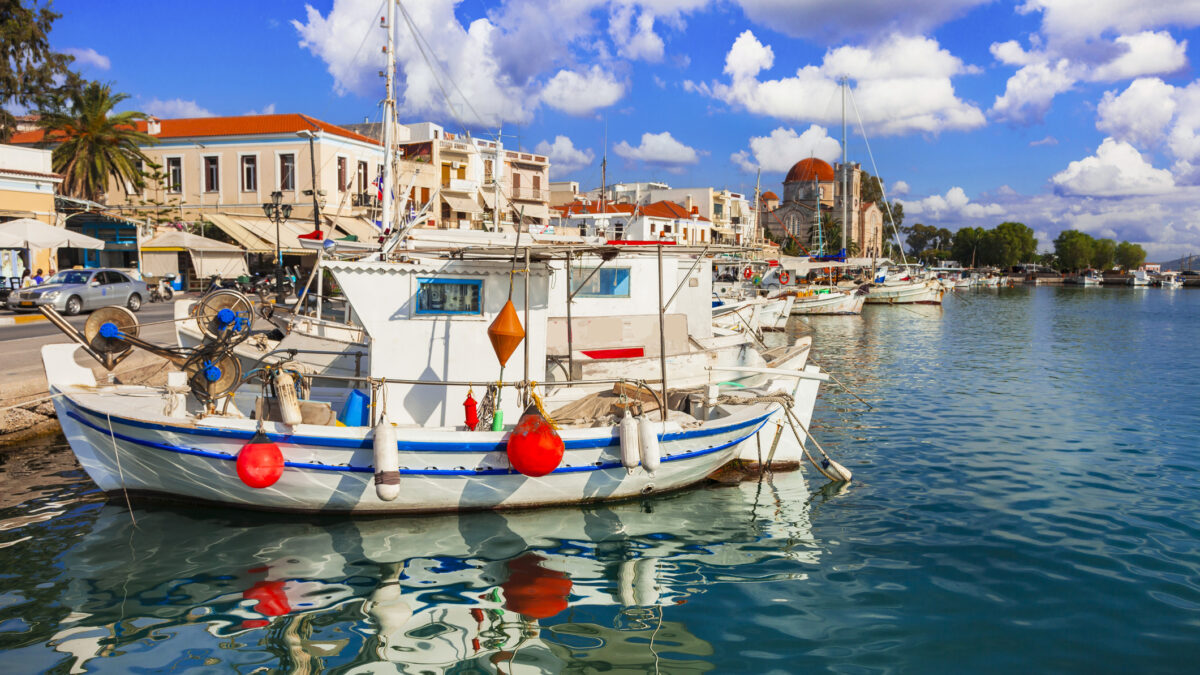The largest island in the Saronic Gulf, Aegina sits at its centre, surrounded by Agistri, Trizina, Methana and Poros. According to mythology, Zeus fell in love with the daughter of the river god Asopos, the nymph Aegina, whom he whisked off to the island that has borne her name ever since.
The island, which was declared the first capital of the Free Greek State in 1826, stands out for its history and culture. This is on full display in the island’s archaeological remains, neoclassical architecture and prominent churches.
Perhaps the most renowned landmark on Aegina is the Temple of Aphaia, which dates to around 500 B.C. Greek and foreign visitors alike are drawn in by its unique architecture. Other places worth visiting on Aegina include the Archaeological Museum, the archaeological site of Kolona near the port, and Palaiochora with the nearby Chapel of Agios Nektarios. Visitors to Aegina are sure to be pleasantly surprised by its gorgeous seaside. The island offers a plethora of options and locales, from the hustle and bustle of Agia Marina to the quieter beaches, such as Marathonas and Perdika. Visitors should not miss the opportunity to see the islet of Moni, adjacent to Aegina and just a stone’s throw from Perdika. The islet is home to peacocks, squirrels, deer and wild goats that visitors can admire while taking a swim in its turquoise waters.
Gastronomy
Aegina is intrinsically tied to its pistachios, widely considered the tastiest and best in the world. Pistachios have been cultivated on the island since the 19th century. More specifically, in 1896, Nikolaos Peroglou first planted pistachio seeds – most likely brought from Syria – and established the first organised pistachio plantation on the island. In 1996, this ‘wondrous’ local product was given PDO (Protected Designation of Origin) status, a further confirmation of its exceptional quality. The local calcareous soil profile is what gives Aegina pistachios their exceptional flavour and unique aroma. The island’s dedication to the pistachio is on full display at the annual Fistiki Fest.
No wonder, then, that most local sweets have pistachios as their base.
Aegina also produces a number of cheeses, the most traditional of which are gkeremezi, a soft cheese made from goat’s milk which matures for 4-5 days in special vessels and is served in dakos, salads or pies, and giaourtotyri, a cheese spread made from feta cheese and yoghurt.
Visitors to the island should not miss the opportunity to sample the local tiganosoupa, a fish stew that’s prepared in a skillet.
How to get there
Aegina is an island in the Saronic Gulf and is serviced by ferry and hydrofoil craft from Piraeus.










